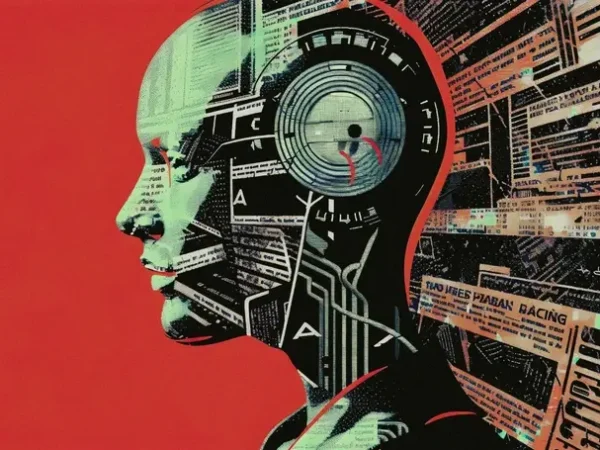As of February 2025, the field of artificial intelligence (AI) is undergoing a significant transformation with the advent of multimodal models like OpenAI’s GPT-5. These advanced systems are designed to process and integrate multiple forms of data—text, images, audio, and video—ushering in a new era of AI applications and capabilities.
Evolution of Multimodal AI
Traditional AI models have predominantly focused on a single modality, such as text or image processing. However, the complexity of real-world data necessitates a more holistic approach. Multimodal AI addresses this by combining various data types to enhance understanding and performance across tasks. This integration allows AI systems to interpret and generate content that is contextually rich and nuanced.
OpenAI’s GPT-5 exemplifies this evolution. Building upon its predecessors, GPT-5 is anticipated to seamlessly handle text, images, audio, and video inputs, enabling more dynamic and interactive AI experiences. This progression not only broadens the scope of AI applications but also enhances the depth of machine understanding.
Applications and Implications
The integration of multimodal capabilities in AI models like GPT-5 has far-reaching implications across various sectors:
- Content Creation and Media: AI can now generate cohesive multimedia content, such as producing videos from textual descriptions or creating detailed image captions, streamlining workflows in journalism, marketing, and entertainment.
- Healthcare: By analyzing medical images alongside patient records and genomic data, multimodal AI enhances diagnostic accuracy and personalized treatment plans, leading to improved patient outcomes.
- Autonomous Systems: In robotics and self-driving vehicles, the ability to process and integrate visual, auditory, and textual information enables more sophisticated decision-making and safer interactions with the environment.
- Education: Multimodal AI facilitates interactive learning experiences by integrating textual content with visual aids and auditory explanations, catering to diverse learning styles and enhancing comprehension.
Challenges and Future Directions
Despite the promising advancements, developing multimodal AI models presents several challenges:
- Data Integration: Combining diverse data types requires sophisticated architectures capable of learning complex relationships between modalities.
- Computational Resources: Processing multimodal data demands significant computational power, necessitating efficient model designs and optimization techniques.
- Ethical Considerations: The ability to generate realistic multimedia content raises concerns about misinformation and deepfakes, highlighting the need for robust ethical guidelines and detection mechanisms.
Looking ahead, the focus is on refining these models to improve efficiency, accuracy, and ethical alignment. Collaborative efforts between researchers, industry stakeholders, and policymakers are essential to navigate the complexities and harness the full potential of multimodal AI.
The rise of multimodal AI models like GPT-5 signifies a pivotal shift in artificial intelligence, enabling machines to interpret and generate complex, context-rich content across various data forms. This evolution holds transformative potential across multiple industries, promising more intuitive and effective AI applications in the near future.



